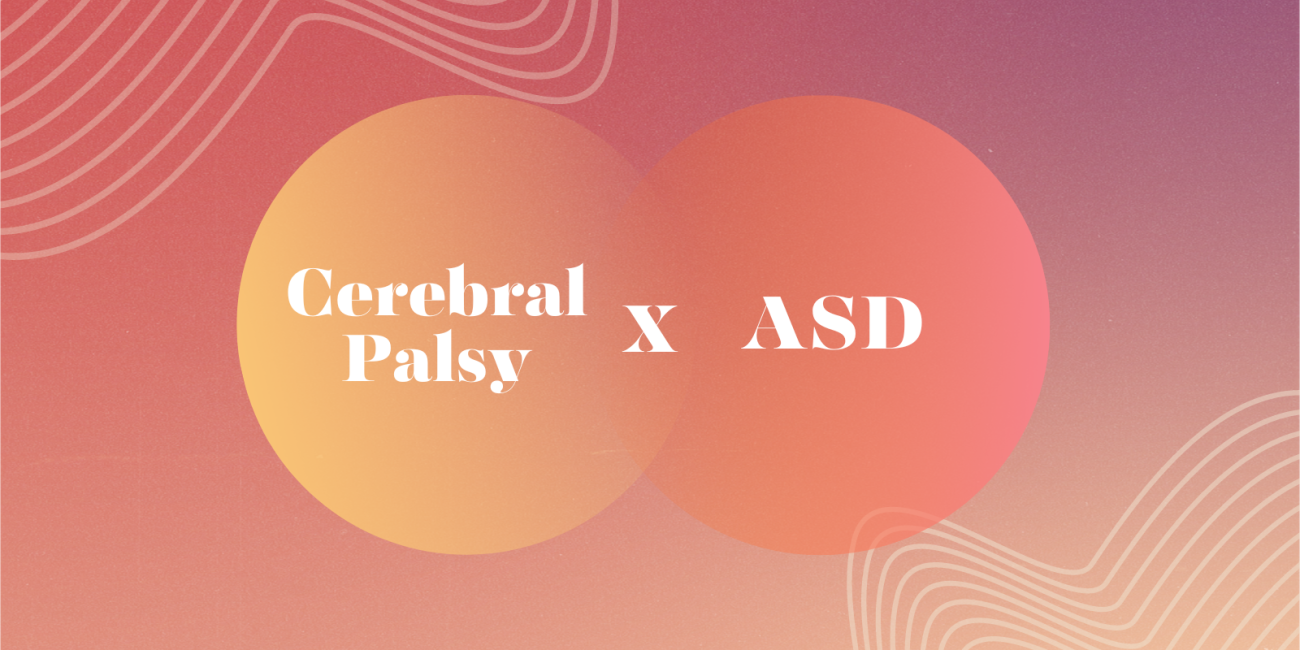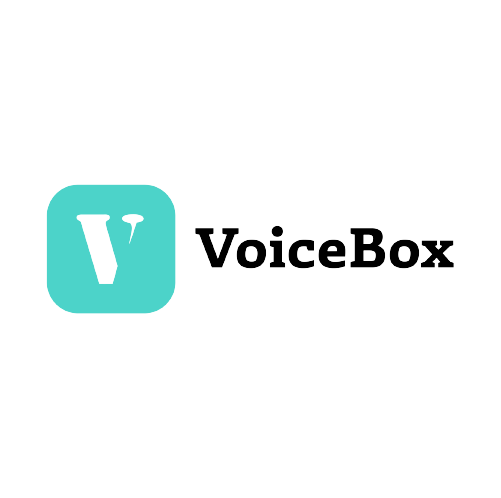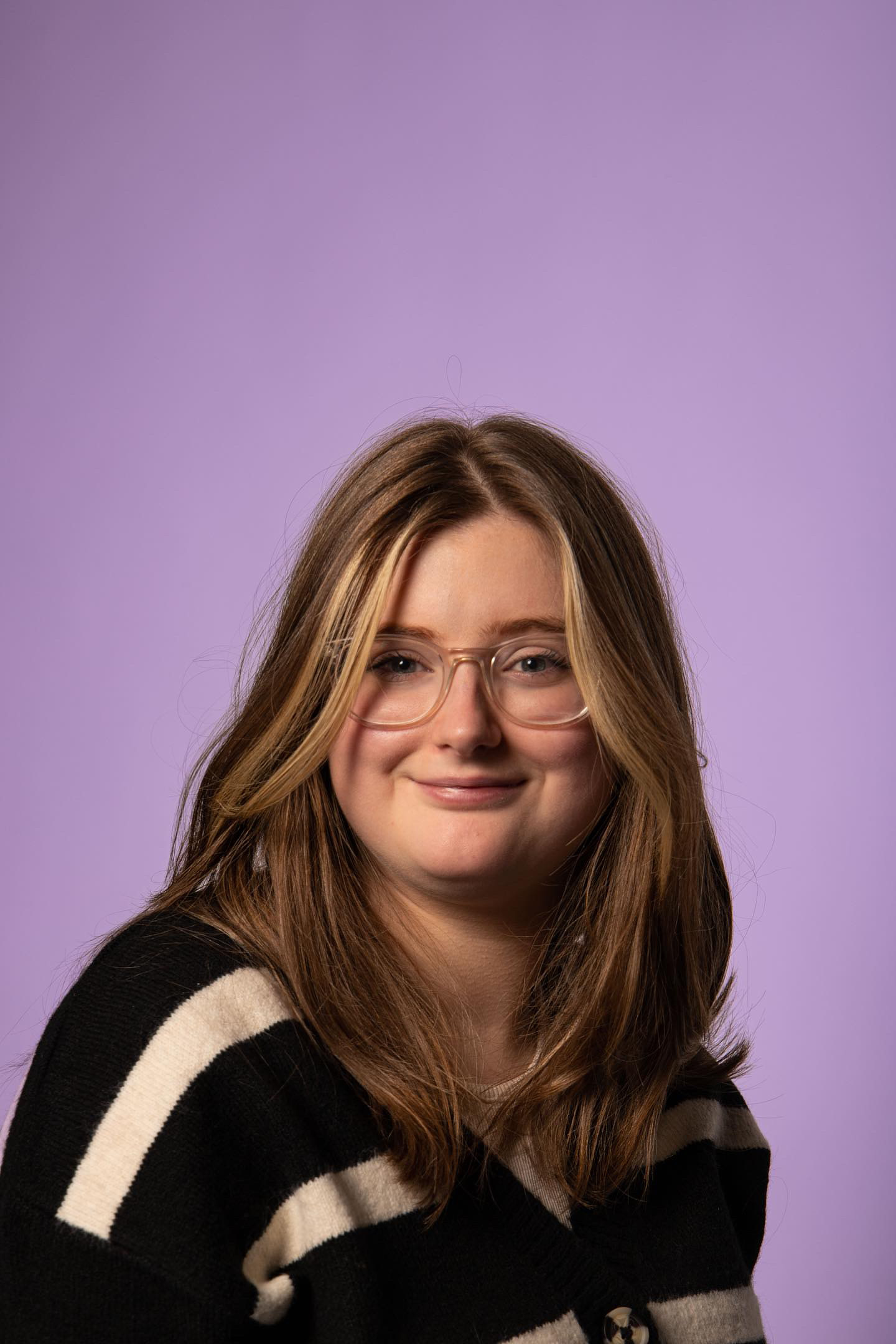
It has been four years since I was diagnosed with autism, and since then, I have been actively engaging with the autism community. However, I have noticed a lack of discussion about autism within the cerebral palsy community, which is concerning.
Recent studies have indicated that there could be a 7% overlap of children with both cerebral palsy and autism. However, I believe this figure may be much higher, possibly as high as 30%, due to the similar symptoms shared by both conditions.
Reflecting on my childhood, my mother recognized early signs of autism, but healthcare professionals were uncertain whether my traits stemmed from cerebral palsy or autism. It wasn't until a later assessment in primary school which revealed the complexity of my symptoms, including aspects of both autism and ADHD. However, this uncertainty left me without a definitive diagnosis.
In hindsight, it's evident that I am autistic and that an earlier diagnosis would have been beneficial. However, the lack of comprehensive research into the co-occurrence of autism and cerebral palsy posed challenges in identification and support for individuals like myself.
Look into DSM-5
It is worth exploring why the typical traits of autism as outlined in the DSM-5 may not be a straightforward fit for a diagnosis of both cerebral palsy and autism.
One of the key features of autism is difficulty in social communication. However, individuals with cerebral palsy may also experience communication challenges due to motor impairments. Approximately 80% of people with cerebral palsy have speech difficulties, and some may be nonverbal. It is essential to consider non-traditional communication methods, such as AAC devices or gestural communication, particularly for those with cerebral palsy. While social communication difficulties are commonplace in autism, in the context of cerebral palsy and autism co-occurrence, these challenges may be influenced by motor limitations and require special considerations.
The DSM-5 describes restricted, repetitive, and sensory behaviours in individuals with autism, but these behaviours may not align directly with those observed in cerebral palsy. Although people with cerebral palsy may have unique behaviours and interests, they typically do not exhibit the repetitive patterns seen in autism. Repetitive behaviours in autism usually involve specific movements, rigid routines, or intense focus on particular topics - distinct from the motor impairments associated with cerebral palsy. Therefore, while individuals with cerebral palsy may show unique traits, they typically do not display the specific repetitive behaviours and interests outlined in the DSM-5 criteria for autism.
To improve the diagnosis of autism, we need to raise awareness, provide comprehensive assessments, implement early screening and intervention, offer tailored support services, foster collaboration among healthcare providers, and invest in research and innovation to enhance accuracy, particularly for individuals with co-occurring conditions like cerebral palsy.
It was challenging to diagnose me with autism when I was younger. Still, I now fit more into the "typical" presentation of autism with behaviours such as avoiding eye contact and having special interests. We need to strive for a better system that supports people with ASD and cerebral palsy so that they can be supported earlier.
Support Young Creators Like This One!
VoiceBox is a platform built to help young creators thrive. We believe that sharing thoughtful, high-quality content deserves pay even if your audience isn’t 100,000 strong.
But here's the thing: while you enjoy free content, our young contributors from all over the world are fairly compensated for their work. To keep this up, we need your help.
Will you join our community of supporters?
Your donation, no matter the size, makes a real difference. It allows us to:
- Compensate young creators for their work
- Maintain a safe, ad-free environment
- Continue providing high-quality, free content, including research reports and insights into youth issues
- Highlight youth voices and unique perspectives from cultures around the world
Your generosity fuels our mission! By supporting VoiceBox, you are directly supporting young people and showing that you value what they have to say.





